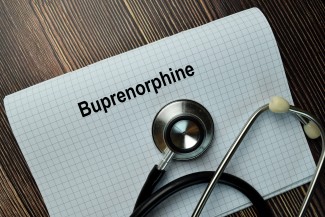High-dose buprenorphine induction in the emergency department for treatment of opioid use disorder

In response to the rising efficacy of the illicit opioid drug supply and often observed delays in access to follow-up therapy, emergency departments (EDs) occasionally utilize a high-dose buprenorphine induction method for the treatment of opioid use disorder (OUD). The objective of this study is to investigate the safety and tolerability of high-dose (>12 mg) buprenorphine induction for patients with OUD presenting to an ED.
Data were manually extracted from electronic health records for all ED patients with OUD treated with buprenorphine at a single, urban, safety-net hospital in Oakland, California, during the calendar year 2018. Data was analysed from April 2020 until March 2021.
A high-dose sublingual buprenorphine induction technique was taught to ED doctors and advanced practice practitioners and subsequently clinically implemented. Vital signs; use of supplemental oxygen; the presence of precipitated withdrawal, sedation, and respiratory depression; adverse events; length of stay; and hospitalization during and 24 hours after the ED visit were reported according to total sublingual buprenorphine dose (range, 2 to >28 mg).
Among a total of 391 unique patients age, ([29-48] years), representing 579 encounters, 68.3% were male and 43.5% were Black. Homelessness 22.5% and psychiatric disorders 41.2% were common. A high dose of sublingual buprenorphine (>12 mg) was administered by 54 unique clinicians during 63.2% encounters, including 23.8% greater than or equal to 28 mg. No cases of respiratory depression or sedation were reported. All 5 (0.8%) cases of precipitated withdrawal had no association with dose; 4 cases occurred after doses of 8 mg of buprenorphine. Three serious adverse events unrelated to buprenorphine were identified. Nausea or vomiting was rare. The median length of stay was 2.4 hours.
These data indicate that high-dose buprenorphine induction, used by various physicians in a single urban ED, was safe and well tolerated in patients with untreated OUD. These conclusions would be strengthened by more prospective studies done at different sites.